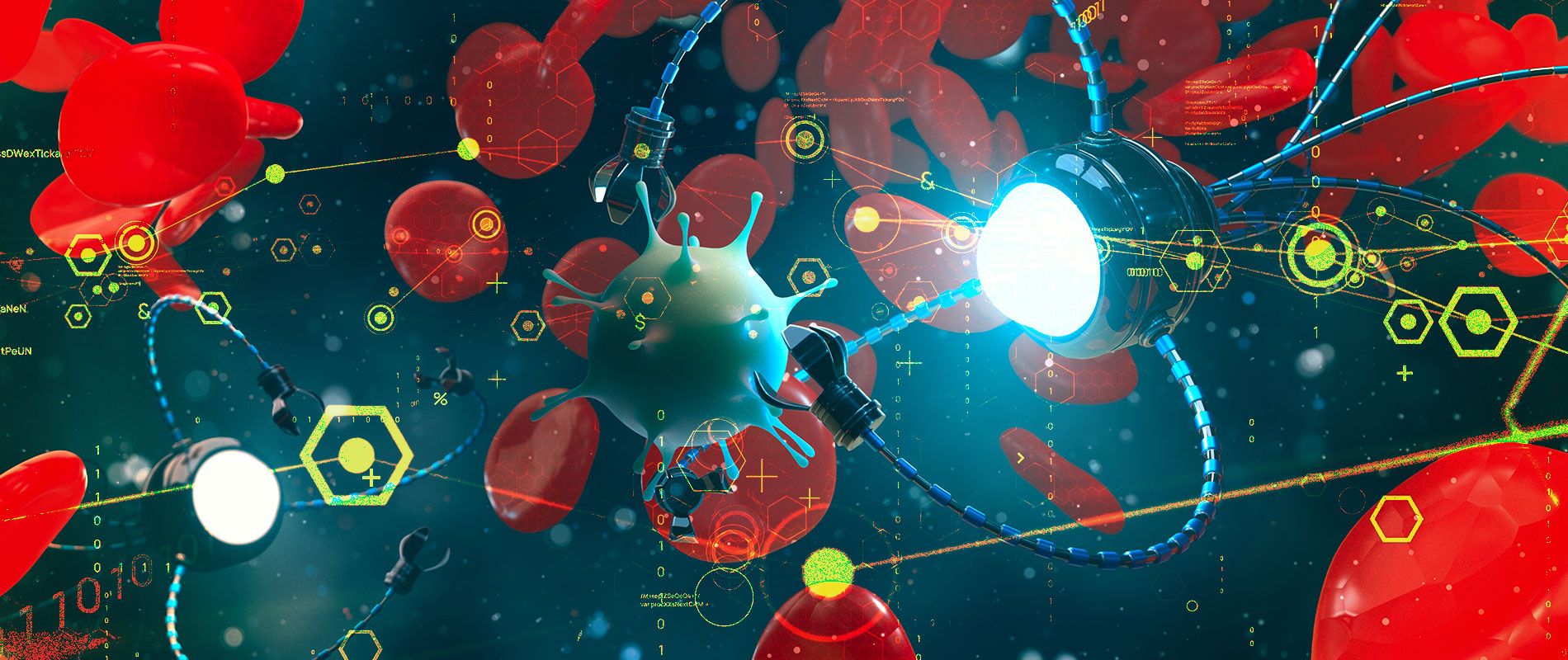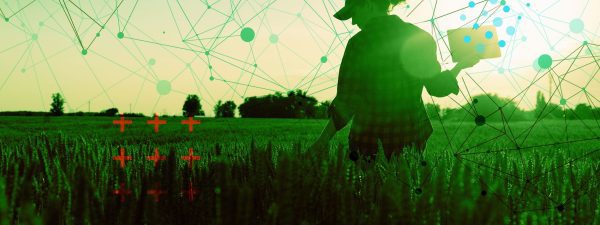There’s no denying that technological advancements have supercharged how things work in the modern world. In a span of just 100 years, innovations and breakthroughs in science and technology have accelerated at a dizzying pace. One such innovation is, of course, the use of the Internet of Things (IoT).
Any compatible digital gadgets, including those that are embedded into objects, animals, and even humans, can become part of the IoT network that transfers data without the need for manual or human supervision and direction. In fact, it is predicted that by 2025, 75 billion devices will be IoT-connected and will be transferring up to hundreds of zettabytes of generated data yearly.
IoT for Businesses
Homes, buildings, and businesses can be made smart and automated with the use of IoT. Specifically, IoT can provide real-time data on how processes are working for businesses, which, in turn, allows the person in charge to receive feedback instantaneously. Industries can benefit, particularly with automated processes, as IoT can deliver insights into various operations such as machine performance and logistics of materials. This improves efficiency and data gathering for transparency and feedback.
Because of its potential to advance technological innovations, IoT is part of the Fourth Industrial Revolution paradigm. Also called Industry 4.0, this paradigm refers to rapid change in digital technology which impacts human lifestyle. Nanotechnology – yet another digital advancement – has the potential to further enhance Industry 4.0.
Nanotechnology as part of IoT
Researchers have recently explored the possibility of integrating nanotechnology with IoT, which would open the door to endless innovation. First conceptualized in 1965, nanotechnology is the use of matter on a near-atomic level to produce new structures and materials.
Integrating nanotechnology with IoT systems would represent a big leap forward in technological innovation. While possible, actually facilitating the integration would require many fully-developed technologies capable of cloud computing, big data analytics, and fast communication, all part of IoT protocols. This IoT protocol infrastructure would facilitate speedy data exchange between sensors and other connected hardware devices. Methods of data exchange can vary depending on available technology, most notably general communication modes such as Bluetooth, Wi-Fi, Near Field Communication (NFC), 4G, 5G, and Low-Power Wide-Area (LPWA).
IoT protocols enable data exchange between the endpoint devices, such as sensors and the next piece of hardware in the connected environment. These include Bluetooth, Wi-Fi, ZigBee, and Near Field Communication (NFC) for short distances, and Low-Power Wide-Area (LPWA), and 5G or higher for long distances. It’s likely that once nanotechnology becomes fully integrated with IoT, it will evolve into its own IoT subset: the Internet of Nano-Things (IoNT).
Nanomaterials have exceptional properties – such as energy efficiency, functionality and power – which make them powerful relative to their size. Nanobatteries, nano processors, and nanosensors are just some examples of nanodevices increasingly being used in devices worldwide. With IoT endpoints, nanosensors can become efficient data sources for various applications.
IoNT in action
Examples of possible IoNT integration abound. Some IoT sensors help sense environmental conditions to detect specific phenomena for researchers to analyze. Nanosensors can implement these things more efficiently. Biologists can also use nanosensors to monitor plants and animals.
Nanotechnology-based biological implants can also be used for biological monitoring of organisms’ health, including humans. Nanosensors offer a higher surface area to volume ratio, when compared to traditional sensors. IoNT can also benefit agricultural workers by gathering real-time data with less effort. Sensors can be placed in strategic locations that would collect environmental data such as humidity. Coupled with smart devices connected to IoT, this would enhance automated farming techniques.
IoT antennas allow fast communication between connected IoT devices. Nanoantennas made of graphene could enhance wireless communication with less energy consumption. Fabrication techniques continue to improve over time, with some researchers developing ways to make them easier to manufacture and deploy.
For example, carbon nanotubes, because of their strength and stiffness, are showing great promise for future IoNT devices. Specifically, in 2019, Massachusetts Institute of Technology (MIT) engineers developed programmable nano processors made of carbon nanotubes with greater efficiencies. While these are still laboratory prototypes, these types of nanotubes could improve IoNT and IoT devices’ computing power in the future.
While some critics remain skeptical and believe that IoNT would simply be a niche subset of IoT, research continues to show that IoNT could complement existing IoT infrastructure. What’s more, the sophistication of the IoT paradigm would allow it to be used for more applications.
Gargantuan nanotechnology for the win
Clearly, nanotechnology has the potential to improve many aspects of the IoT infrastructure. In fact, nanotechnology integration would further enhance and push more innovations that would ultimately improve IoT and its myriad applications..




